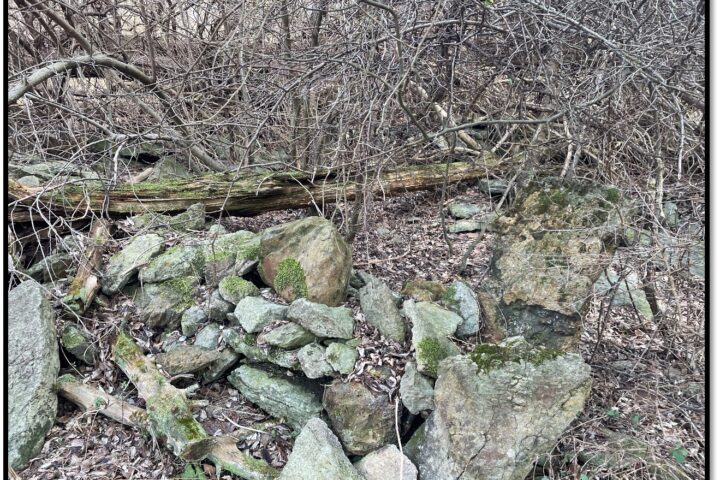
By Greg Podniesinski

Red mulberry leaves and fruit (photo by Vern Wilkins, Indiana University, Bugwood.org)
Many people are familiar with mulberries, which are common across Pennsylvania. Their easily recognized, blackberry-like fruits range in color from white to pink, to occasionally purple-black. The seeds are often spread by wildlife, especially birds, resulting in their rapid colonization of old fields, hedgerows, and abandoned lots. Most people don’t realize that the species they likely observe is the non-native white mulberry (Morus alba), the more “aggressive” cousin of our native red mulberry (Morus rubra).
The white mulberry was originally brought to North America as early as the 1600s to establish a silkworm industry. As a preferred host plant for feeding silkworm caterpillars, many white mulberries were planted, thrived, and reproduced, though the silkworms did not. While the silk industry never materialized, the legacy of this failure is white mulberry trees scattered across the continent.
In contrast, our native red mulberry is one of the more unassuming trees of the eastern North American forest. Its range is most of eastern North America, except New England, with southern Pennsylvania near the limit of its range in the northeast. Once considered occasional to common across its range, it now seems uncommon to rare in many parts of its range, including Pennsylvania, though the reason for its decline is uncertain. It was used by indigenous peoples, like the Choctaw Nation, for fiber (made by pounding bark stripped from saplings) to be used for weaving and rope making. The wood is decay-resistant and has been used for fence posts and barrels. The fruit is red at first, turning black as it ripens and is considered superior to the white mulberry in taste (which has been described as overly sweet and insipid). Wildlife also relish the fruit, as do humans, who use them in jams, jellies, and pies.

White mulberry twigs and buds (photo by Robert Vidéki, Doronicum Kft., Bugwood.org)
The conservation status of the native red mulberry came up at a recent meeting of PA botanists. Always assumed to be uncommon but not under threat in the past, a poll of the botanists revealed that many had seen very few in recent years, though their non-native cousin, white mulberry, is widespread across Pennsylvania. An increasing concern is that the white mulberry, which easily hybridizes with the red mulberry, is genetically “swamping” the red mulberry out of existence by constantly interbreeding with it, to the point where there is some concern many of our remaining red mulberries in Pennsylvania have some intermixing of white mulberry genes. Researchers at the Morris Arboretum in Philadelphia are planning a state-wide genetic study of red mulberry trees to determine if genetic swamping is a problem and if there still are “pure” red mulberry trees out there. This research will help inform DCNR and its PA Plant Conservation Network program’s conservation efforts on behalf of the red mulberry.
If you see a mulberry tree and wonder if it’s red or white, here are a few things to look for. Red mulberry leaves are dull, dark green with a sand-papery texture, with shiny buds that point away from the twig, and greyish bark with scaly ridges. White mulberry has shiny, medium green leaves, orange buds that stay close against the twig, and orange-brown bark with deep furrows. If you observe a mulberry whose characteristics seem jumbled, it’s likely a hybrid.




